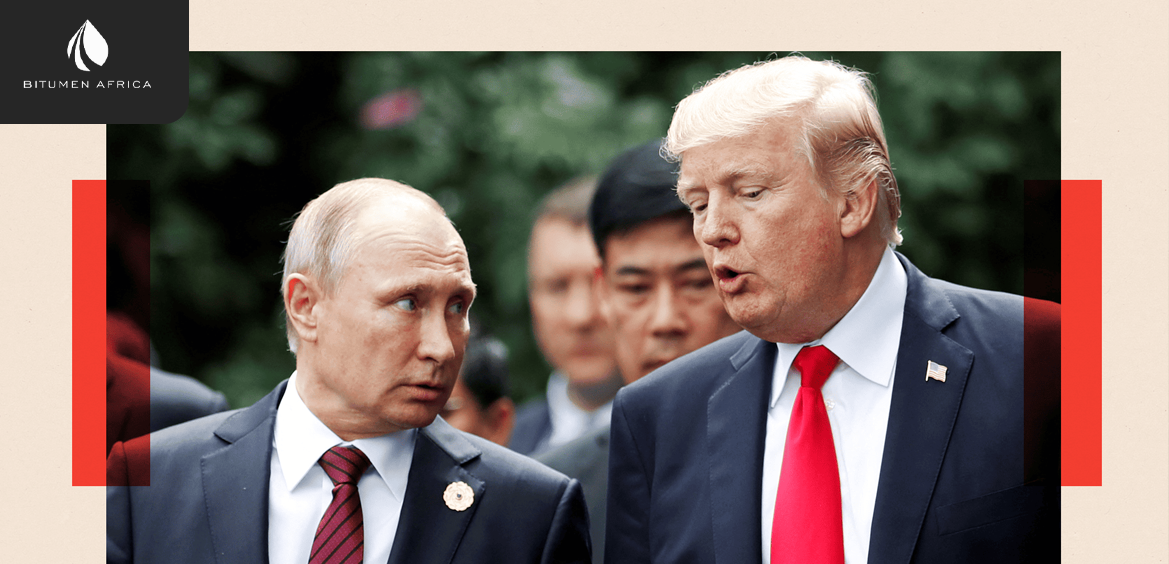Oil traders have recently adopted a bullish outlook despite weak global demand forecasts and OPEC+’s announcement to increase output. This shift in sentiment was triggered by U.S. President Donald Trump’s threat of new sanctions against Russia unless it agreed to an immediate ceasefire with Ukraine. Following the announcement, oil prices surged to their highest in a month, indicating that concerns over supply disruption outweighed concerns about slow demand growth.
The price of Brent crude climbed above \$69 per barrel at the start of the week, reflecting a strong market reaction even after OPEC+ revealed plans to boost output by 547,000 barrels per day. This surge followed Trump’s decision to impose heavy tariffs on India for continuing to import Russian crude, signaling a more aggressive stance on countries engaging with Russia. The trader response was notably bullish despite warnings from the International Energy Agency and major banks about declining demand.
Data from Bloomberg shows institutional traders increased bullish bets on Brent and WTI by nearly 40,000 positions in the last week of July—marking the largest jump since June, when tensions flared between Israel and Iran. The current market reaction suggests heightened concerns over the security of Russian oil exports, which average about 7 million barrels per day. Analysts warn that Trump’s enforcement of secondary sanctions could significantly disrupt global supply and potentially lead to a deficit.
However, key importers like India and China are not aligning with Washington’s demands. Indian officials stated they have no intention of halting Russian oil purchases, citing long-term contracts and growing diplomatic rifts with the U.S. Similarly, China reaffirmed its commitment to securing energy independently, dismissing pressure from the U.S. Beijing emphasized its sovereignty and readiness to pay tariffs if necessary, highlighting its resistance to American influence.
Trump’s threats of 100% tariffs put him in a difficult position, balancing between geopolitical pressure on Russia and domestic economic interests. Higher global oil prices could backfire by driving up fuel costs at home and undermining trade negotiations with China. With his administration eager for a trade deal, it remains uncertain whether Trump will follow through on his threats, especially if it means triggering a price spike that could damage the U.S. economy.

